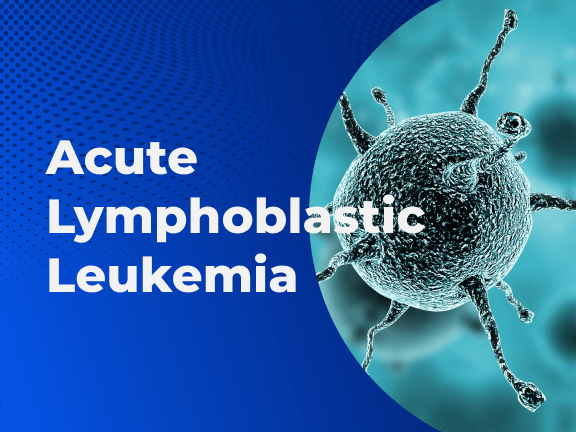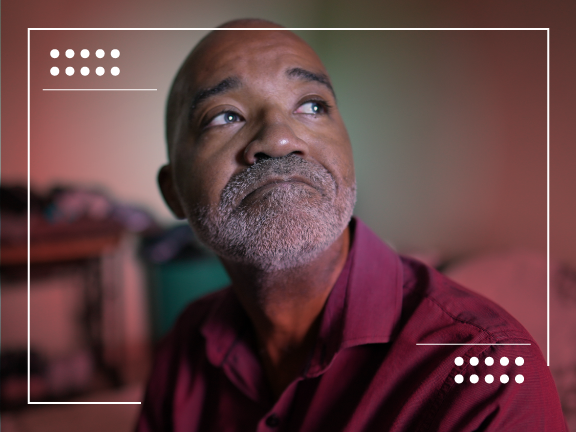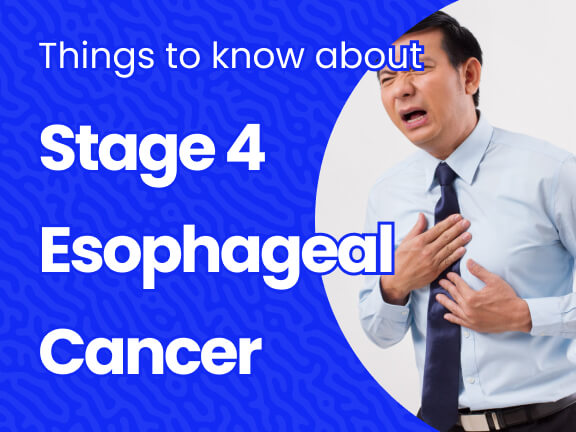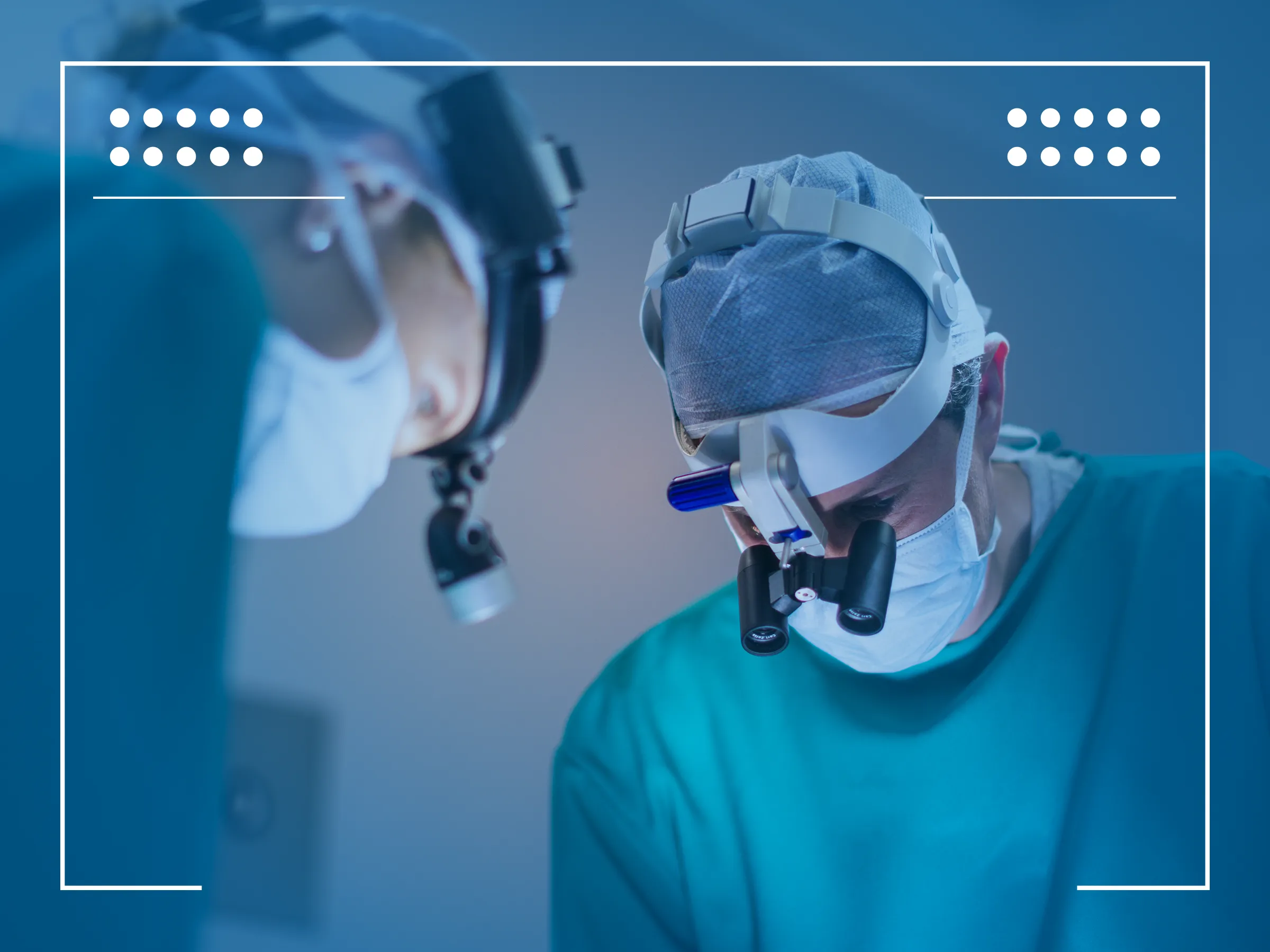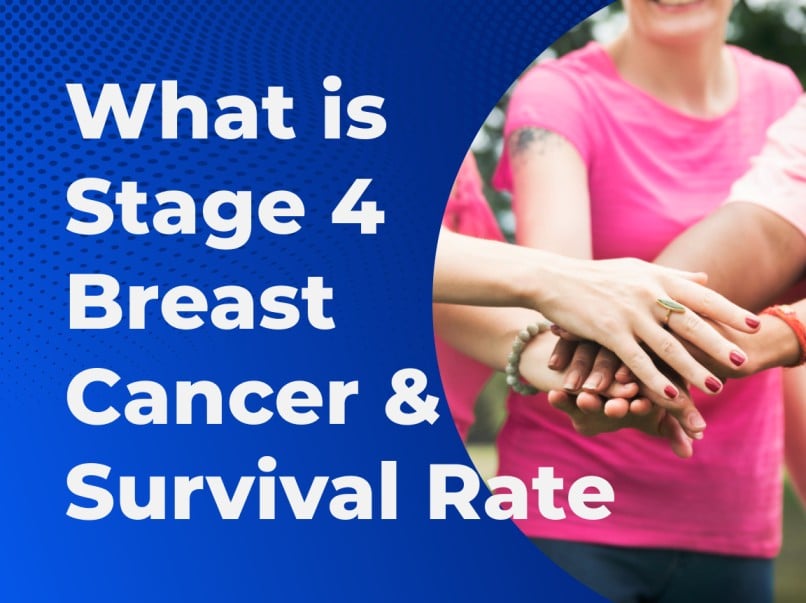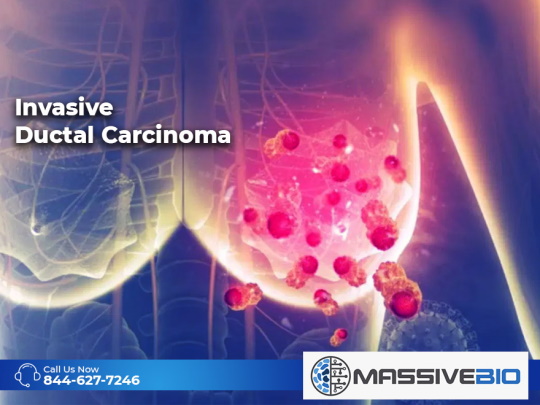Acute Lymphoblastic Leukemia
Acute lymphoblastic leukemia (ALL) is a type of blood cancer that starts in the white blood cells in the bone marrow. It develops from immature lymphocytes, a variety of white blood cells that is key to your immune system. It is also known as acute lymphocytic leukemia or acute lymphoid leukemia. Although it is rare in adults, it is the most common type of leukemia in children.
This article covers the diagnosis, symptoms, treatment methods, subtypes, and more.
What Is Acute Lymphoblastic Leukemia?
Acute lymphocytic leukemia (ALL) is a type of blood and bone marrow cancer. The word “acute” means that the disease progresses rapidly to form immature blood cells, which can be fatal within a few months if left untreated; “lymphocytic” refers to the white blood cells, called lymphocytes, affected by the disease. It is the most common type of cancer in children, and with good treatment, the chance of recovery is high. It can also occur in adults, but the chances of cure are greatly reduced.
Acute Lymphoblastic Leukemia Symptoms
A lack of healthy blood cells causes many acute lymphocytic leukemia symptoms. Signs and symptoms are not much different from other types of leukemia and may include:
- Pale skin
- Feeling tired and breathless
- Repeated infections over a short period
- Unusual and frequent bleeding (such as bleeding gums, nosebleeds)
- High temperature
- Night sweats
- Bone and joint pain
- Swollen lymph nodes (glands)
- Abdominal pain caused by a swollen liver or spleen
- Unintentional weight loss
- Purple skin rash (purpura)
- Headache
- Blurred vision
- Dizziness
- Feeling weak
- Feeling dizzy or lightheaded
- Shortness of breath
- Bruises (or small red or purple spots) on the skin
Acute Lymphoblastic Leukemia Risk Factors
Although there is no specific risk factor defined for ALL, some known risk factors similar to other types of leukemia are as follows:
- Radiation exposure: Exposure to high levels of radiation is a risk factor for both ALL and acute myeloid leukemia (AML).
- Chemical exposures: Exposure to some chemotherapy drugs and some other chemicals, including benzene, diesel, gasoline, and pesticides.
- Some viral infections: Infection with human T-cell lymphoma/leukemia virus-1 (HTLV-1) can cause a rare type of T-cell ALL. In Africa, Epstein-Barr virus (EBV) is linked to a form of ALL and Burkitt’s lymphoma.
- Some genetic syndromes: ALL is generally not inherited. However, a family history of diseases such as Down syndrome, Klinefelter syndrome, Fanconi anemia, Bloom’s syndrome, ataxia-telangiectasia, neurofibromatosis, Li-fraumeni syndrome, the risk of ALL may occur.
- Age: ALL is usually more likely to occur in children and adults over 50.
- Race/ethnicity: ALL is more common in whites than African-Americans.
- Gender: ALL is slightly more common in males than females.
- Identical twins with ALL: Someone with an identical twin who develops ALL in the first year of life has an increased risk of getting ALL.
Apart from these, it is being investigated whether some factors such as smoking and exposure to hair dyes pose a risk for ALL patients.
How Acute Lymphoblastic Leukemia Is Diagnosed?
Doctors will ask about the medical history of a patient with ALL symptoms and first perform a physical examination to check for swollen lymph nodes, bleeding, and bruising. If leukemia is suspected, the definitive diagnosis of the disease is investigated with the following tests.
- Complete blood count (CBC)
- Bone marrow
- Imaging tests (X-rays, CT scans, or ultrasounds) taking fluid from the spinal cord (to investigate whether the cancer cell has reached the brain or spinal cord)
- Polymerase chain reaction (PCR)
- Immunophenotyping
- Lymph node biopsy
- Lumbar puncture
What Are the Types Oof Acute Lymphoblastic Leukemia?
ALL is not a tumor-forming disease. It usually affects the entire bone marrow in the body and, in some cases, spreads to other organs such as the liver, spleen, and lymph nodes when present. Therefore, ALL is not staged like different types of cancer. To fully define the disease, some subtypes have been identified.
B-cell ALL: B-cell ALL with specific genetic abnormalities (gene or chromosome changes)
- B-cell ALL with hypodiploidy (the leukemia cells have fewer than 44 chromosomes [normal cells have 46])
- B-cell ALL with hyperdiploidy (the leukemia cells have more than 50 chromosomes)
- B-cell ALL with a translocation between chromosomes 9 and 22 [t(9;22)] (the Philadelphia chromosome, which creates the BCR-ABL1 fusion gene)
- B-cell ALL with a translocation between chromosome 11 and another chromosome
- B-cell ALL with a translocation between chromosomes 12 and 21 [t(12;21)]
- B-cell ALL with a translocation between chromosomes 1 and 19 [t(1;19]
- B-cell ALL with a translocation between chromosomes 5 and 14 [t(5;14)]
- B-cell ALL with amplification (too many copies) of a portion of chromosome 21 (iAMP21)
- B-cell ALL with translocations involving specific tyrosine kinases or cytokine receptors (also known as “BCR-ABL1–like ALL”)
T-cell ALL: Early T-cell precursor lymphoblastic leukemia
Mixed lineage acute leukemias: A small number of acute leukemias have lymphocytic and myeloid features. Sometimes the leukemia cells have both myeloid and lymphocytic traits in the same cells. In other cases, a patient may have some leukemia cells with myeloid features and others with lymphocytic features. These types of leukemias may be called mixed lineage leukemia, acute undifferentiated leukemia, or mixed phenotype acute leukemia (MPAL).
What Causes of Acute Lymphoblastic Leukemia?
The risk of developing cancer depends on many things. These may include environmental, lifestyle, and genetic factors. ALL is a disease of unknown cause. It occurs when a bone marrow cell develops changes (mutations) in its genetic material or DNA. A cell’s DNA contains instructions that tell a cell what to do. Usually, DNA tells the cell to grow at a specific rate and die at a particular time. In acute lymphocytic leukemia, mutations say to the bone marrow cell to continue growing and dividing, so blood cell production gets out of control. The bone marrow produces immature cells that develop into leukemic white blood cells called lymphoblasts. These abnormal cells cannot function properly and accumulate and crowd out healthy cells. It is unclear what causes DNA mutations that can lead to acute lymphocytic leukemia.
What Are the Treatment Options for Acute Lymphoblastic Leukemia?
Treatment modalities used for ALL include:
- Chemotherapy: Usually recommended, which kills or slows down cancer cells over a few years. Some drugs target specific parts of cancer cells and tend to have fewer or milder side effects than chemotherapy. These include bosutinib (Bosulif), dasatinib (Sprycel), imatinib (Gleevec), nilotinib (Tasigna), and ponatinib (Iclusig).
- Radiation therapy: If the cancer cell is in the brain or bone marrow, it may use high-energy radiation to kill cancer cells before having a stem cell transplant.
- Immunotherapy: These drugs boost your immune system to kill or slow the growth of cancer cells. These include blinatumomab (Blincyto) and inotuzumab ozogamicin (Besponsa). The FDA (U.S. Food and Drug Administration) has also approved a form of treatment called CAR T-cell therapy.
- Stem cell transplant: The patient’s healthy blood cells or donor’s
‘cells are transplanted. For those who cannot cope with high doses of chemotherapy and radiation, lower doses, called “mini-transplants”, may be administered.
Acute Lymphoblastic Leukemia Survival Rates
Recent advances in treatment have significantly extended the lives of ALL patients. However, survival rates depend on several factors, including the biological characteristics of the disease and the age of the patient. The five-year survival rate for patients 20 and older is 38 percent. The five-year survival rate for patients under 20 is 89 percent. Estimates cover five years, as survival statistics are measured every five years in the USA for ALL.
Acute Lymphoblastic Leukemia Clinical Trials
There are thousands of clinical studies on ALL. The researches include new options, such as new drugs and treatment regimens for patients through clinical trials.
Scientists continue to work on the use of different programs and doses of existing drugs, as well as new types of chemotherapy. The drug clofarabine is approved for children with recurrent ALL and is under investigation for adults with ALL. The drug bortezomib (Velcade) is also being investigated as an option for adults with ALL. Additionally, many studies have shown that adolescents and young to middle-aged adults benefit from the more intensive treatments most commonly used for young children with ALL.
Researchers are also working on immunotherapy methods to strengthen the patient’s natural defenses to fight cancer in the treatment of ALL. They are examining the use of different antibodies against ALL cells, including inotuzumab ozogamicin, blinatumomab, rituximab, and alemtuzumab (Campath). Additionally, researchers are looking at a new treatment called chimeric antigen receptor T-cell therapy, or CAR T-cell therapy, that uses a patient’s T cells to attack leukemia cells.
Sources:



